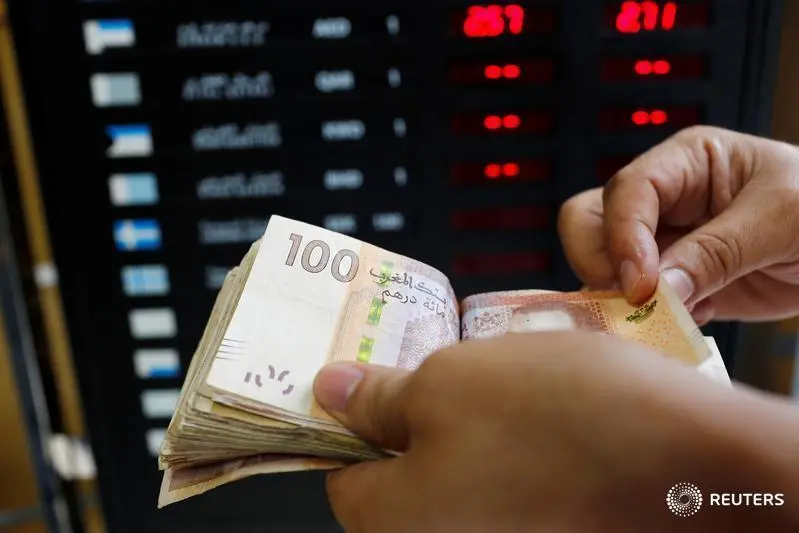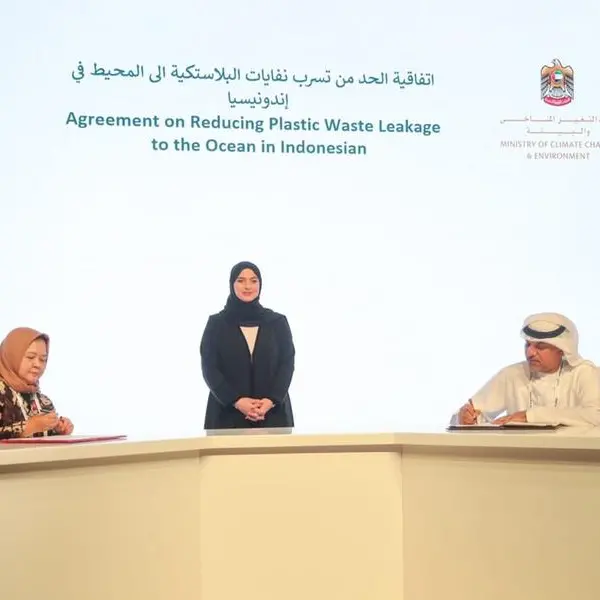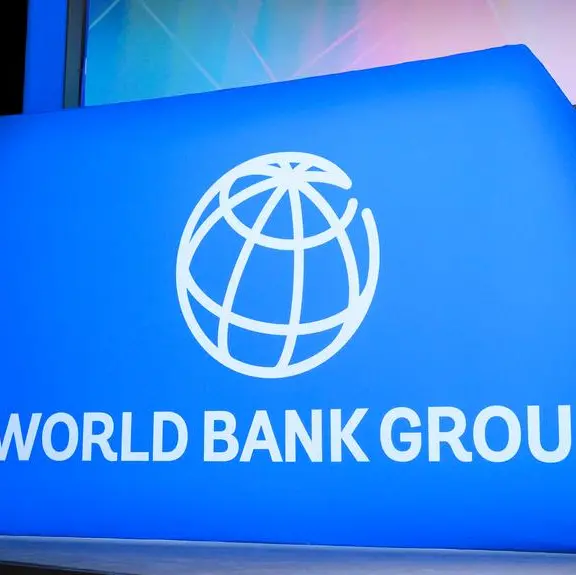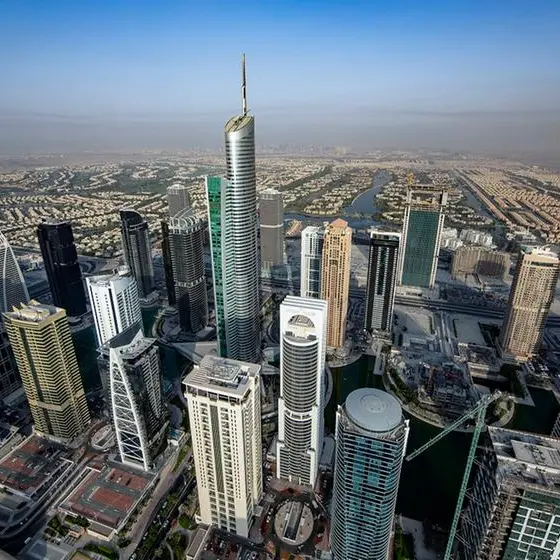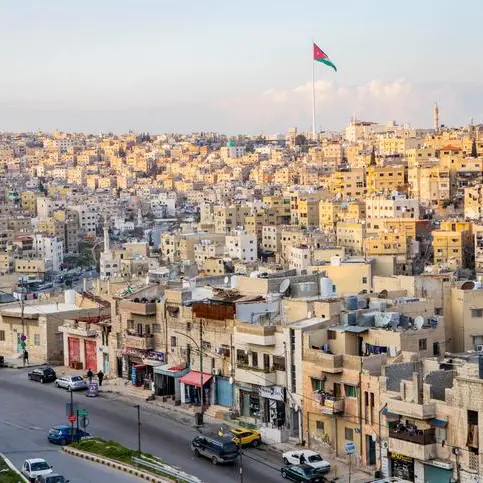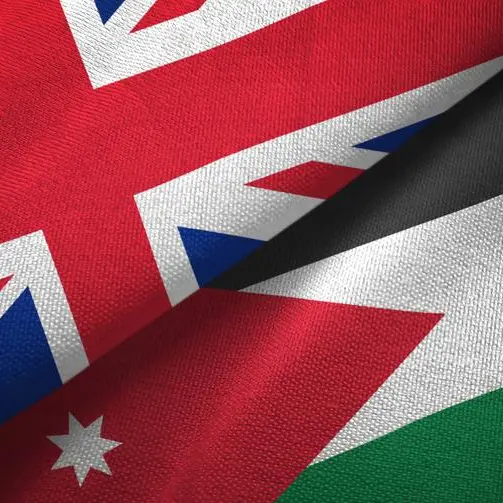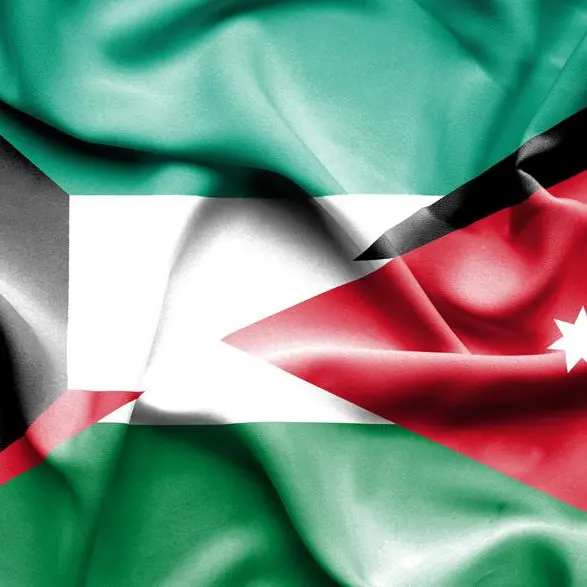PHOTO
The 2018 outlook for sovereign ratings in the Levant and North Africa region is broadly stable, reflecting the improved global growth dynamics, ongoing structural reforms, and winding-down of regional conflicts, Moody's Investors Service said in a report.
"The improved global growth dynamics, ongoing structural reforms, and gradual re-opening of trade routes in former conflict areas together with a planned reconstruction drive will underpin GDP growth in 2018. In addition, a tightening of global financing conditions poses fiscal risks for some countries, and elevated political risk will continue to drive event risk in the region," said Elisa Parisi-Capone, a Moody's Vice President—Senior Analyst and co-author of the report.
As of 16 January 2018, four sovereigns in the Levant and North Africa region hold stable rating outlooks, while one carries a positive (Morocco) and another a negative outlook (Tunisia). Higher global growth will drive an increase in the region's exports, including tourism, and remittances and investment flows in 2018. Moderate oil prices will provide further support, while the region's five oil-importing countries are making progress toward accessing or developing lower-cost or renewable energy sources so as to permanently reduce their energy deficits. That said, the region's economic potential continues to be significantly hampered by structural weaknesses, labour market inefficiencies and weak competitiveness.
In detail, Moody's expects growth in Egypt to accelerate from 4.2 per cent in 2017 to around five per cent by 2019 and 5.5 per cent by 2021, as structural reforms support more broad-based activity compared to the mostly consumption-driven pre-reform growth model.
Moody's also forecasts GDP growth to pick up in Iraq, Jordan and Lebanon in 2018 to 2.9 per cent, 2.5 per cent, 2.8 per cent, respectively.
In Tunisia, Moody's forecasts a slight acceleration in growth to 2.8 per cent in 2018 from 2.3 per cent in 2017 based on demand, in particular from France and Italy, and improving investment incentives following the recent investment law and legislation on public-private partnerships. However, the growth trajectories of Tunisia, Jordan and Lebanon continue to face significant structural and external headwinds, despite the cyclical growth recovery.
In Morocco, the cyclical recovery is expected to moderate, with GDP growth at 3.5 per cent in 2018 from 3.9 per cent in 2017 due to a lower contribution to growth from the agriculture sector. Moody's notes that fiscal reform programmes and official liquidity assistance mitigate exposures to higher interest rates. Nevertheless, high debt levels, low debt affordability, large funding needs and relatively high debt rollover rates increase Lebanon, Egypt, and Jordan's exposure to a sharper-than-expected rise in interest rates. Moreover, fiscal consolidation will be more challenging for Tunisia, Egypt and Lebanon.
Improved external demand from global trading partners and increased tourism revenue (albeit from a low base) will also support a gradual but uneven external rebalancing, supported by broadly unchanged oil prices of around $40-$60 per barrel in 2018 and 2019. According to Moody's, the significant recourse to external borrowing in the aftermath of the Arab Spring disruptions underlines mounting regional external vulnerability risks, which are most evident in Tunisia. Moreover, Lebanon's current account deficit will remain elevated at 16 per cent-17 per cent of GDP over the next two years, exacerbated by the refugee crisis and trade channel disruptions.
Moody's notes that elevated tensions between Saudi Arabia and Iran, lingering security risks from recent regional conflicts in Iraq and Syria, and recurring Israeli-Palestinian tensions will shape geopolitical risk in the Levant, whereas North Africa remains exposed to potential policy paralysis from popular opposition to fiscal reform.
